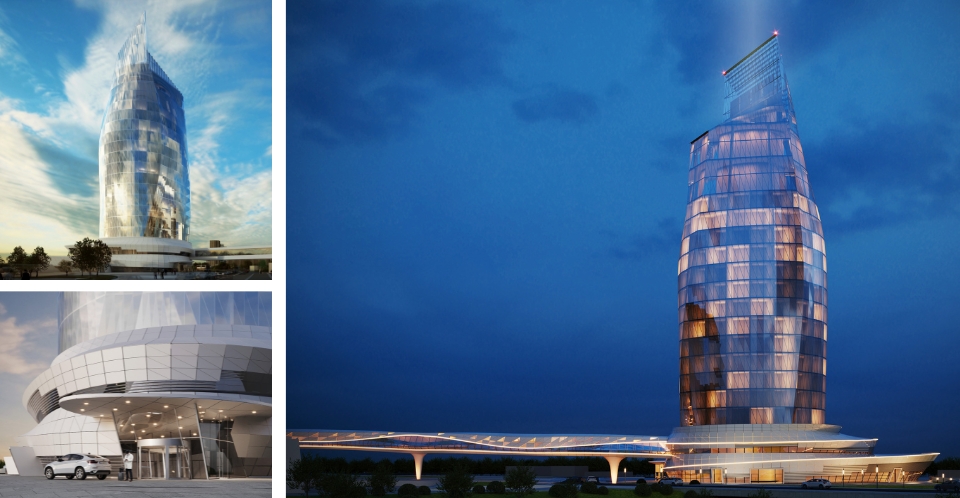Experts say that the share of glass in construction is growing every year. Moreover, this is not only about complex architectural objects for commercial and industrial purposes, but also about comfort-class houses and individual housing construction. Experts believe that the prospects for further increasing the use of glass and the use of translucent structures are extensive. They include not only aesthetic, but also practical and energy-saving advantages. Glass is becoming one of the key trends in the architecture of the present and future.
In the November issue of Construction Weekly 11 (952) dated November 6, 2023, Ekaterina Kataeva, chief specialist of the architectural solutions department of METROPOLIS, spoke about the development of the use of glass in architecture.
 Екатерина Катаева
Екатерина Катаева
“Glass is one of the most popular materials in modern architecture. Over the past three decades, the use of glass has increased significantly due to its unique, constantly improving properties and aesthetic characteristics. Glass is becoming an increasingly popular material for reinterpreting historical objects. This is a beautiful solution both visually and in terms of the depth of the idea.
For example, by the reconstruction of the roof on Falkenstrasse in Vienna, by the Austrian architectural bureau Coop Himmelb(l)au, we can see how the architectural appearance of a traditional Viennese building has changed back in 1988. Thanks to the use of glass architecture was filled with dynamics, airiness and lightness and became a real art.
Prospects for the use of glass in the future include translucent structures with built-in solar panels that convert sunlight into electricity. The accumulated solar energy can be used to power electrical appliances indoors.
 Solar panels on the roof of the GES-2 in Moscow. Photo by Michel Denancé
Solar panels on the roof of the GES-2 in Moscow. Photo by Michel Denancé
There is an increasing use of dimmable glazing to control lighting and provide solar protection now. This technology is based on the use of electrochemical materials that change their optical properties under the influence of electrical voltage. When voltage is applied to glass, it can change its transparency, blocking or conversely letting in a certain amount of light.
At the moment, the main use of smart glass is internal partitions and doors. Architects strive to create spaces with minimal visual barriers between indoor and outdoor spaces, while maintaining structural strength and occupant comfort.”
Comments from all experts can be found on the ASN info website.















